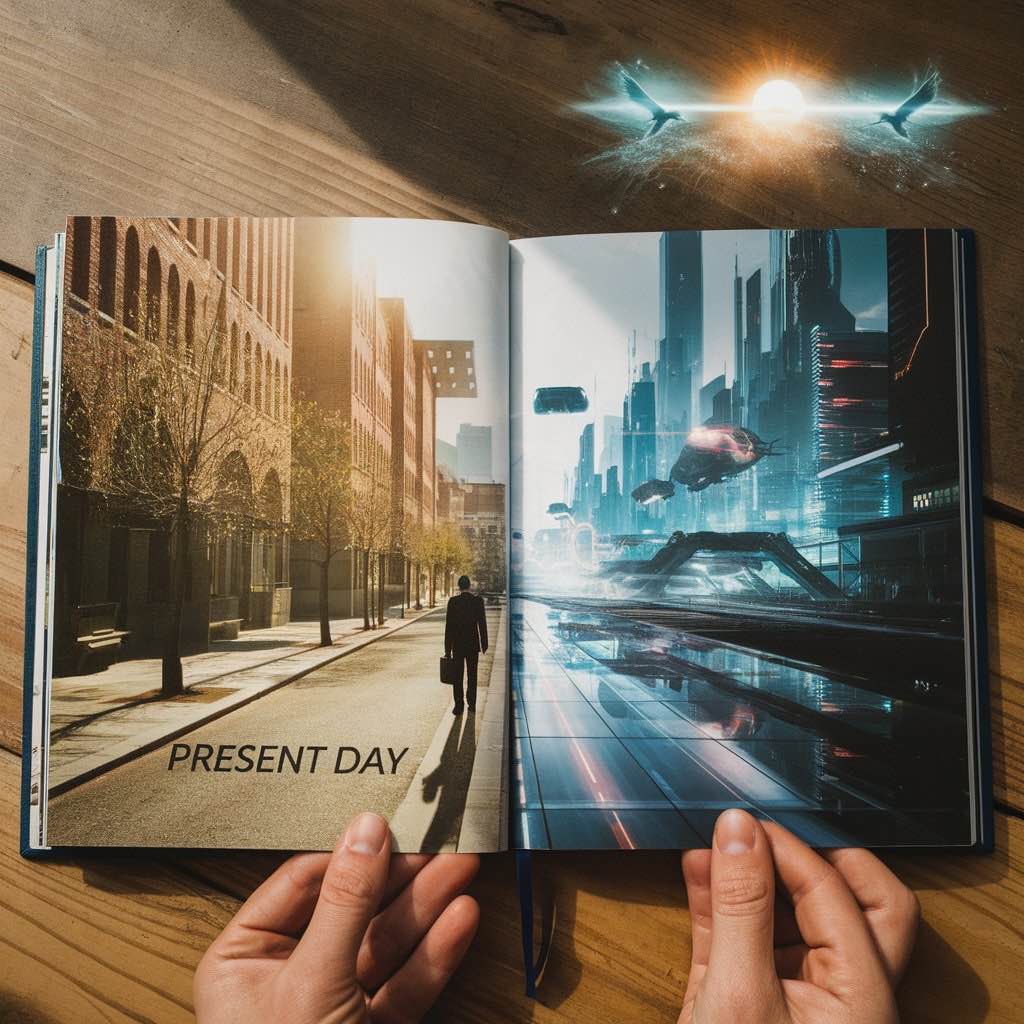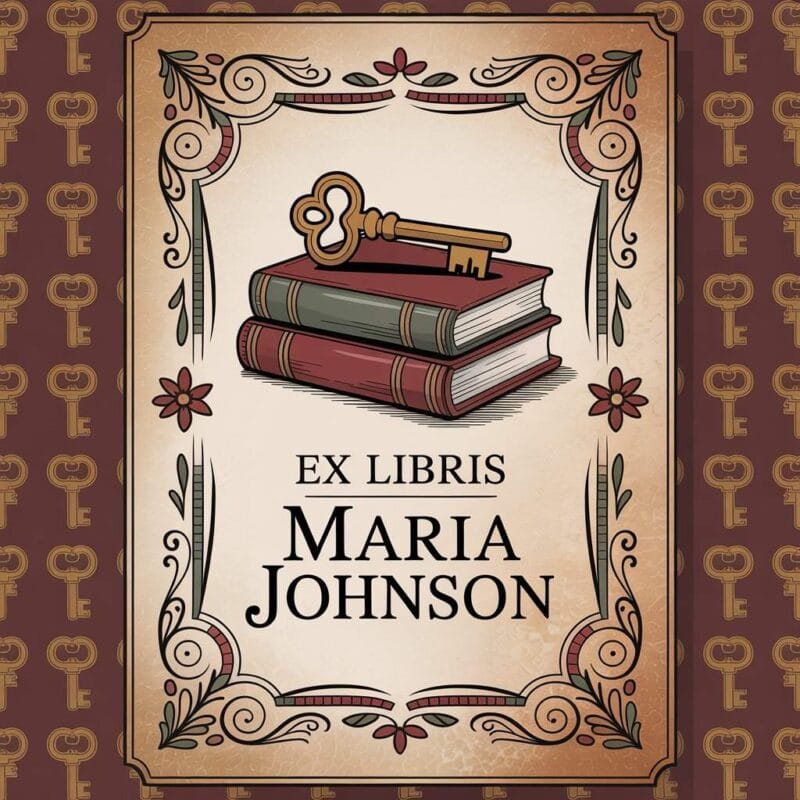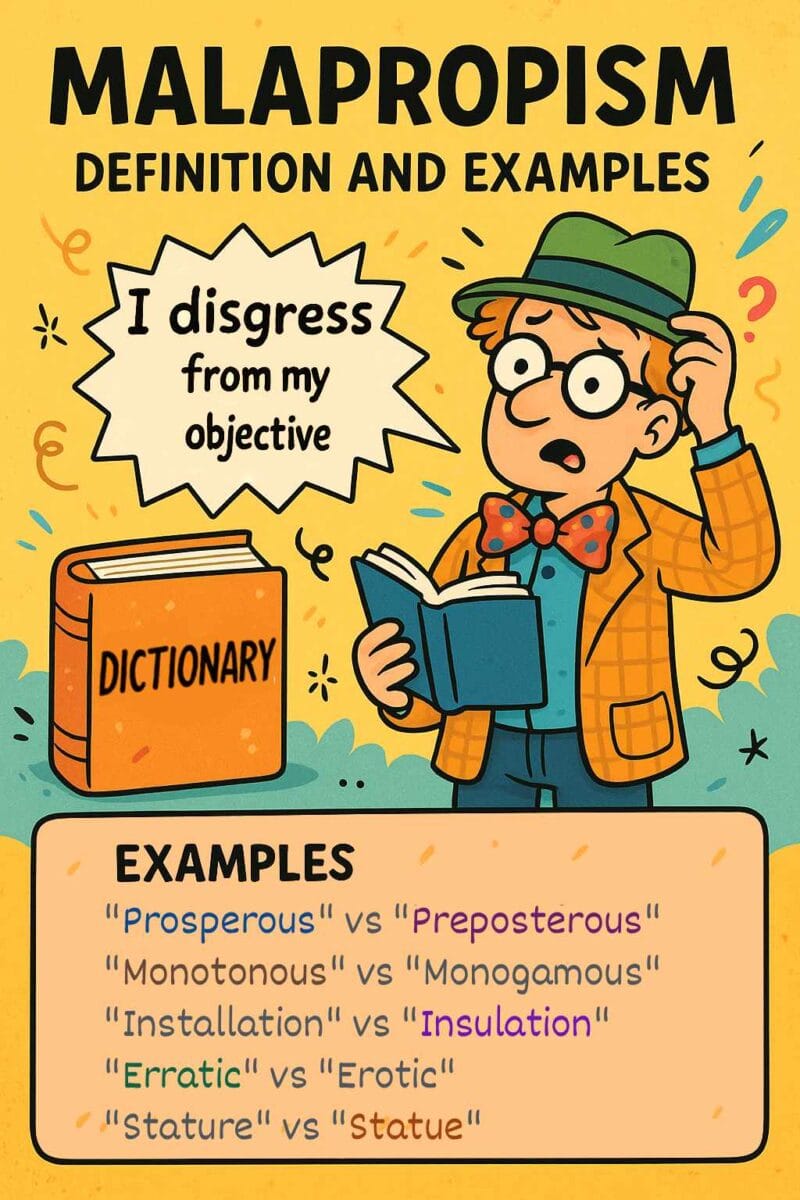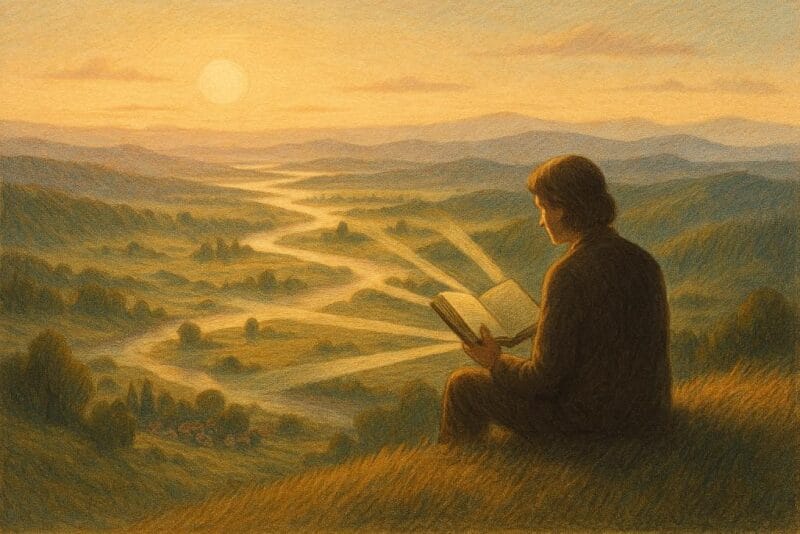This technique serves as a powerful hook, keeping the reader engaged by creating curiosity about the journey from the present to the future scene. Often utilized in literature, flash forwards challenge the reader to piece together how the plot arrives at the envisioned moment, enhancing the depth and complexity of the storyline.
Consider how John Keats’ use of vivid imagery and foreshadowing can parallel the concept of flash forwarding when exploring the rich terrain of narrative techniques. Keats, known for his sensual descriptions and anticipation of events, often leaves readers reflecting on the passage of time and unfolding events. While not a direct example of flash forwarding, the anticipation he builds mirrors the suspense and excitement seen in this narrative technique.
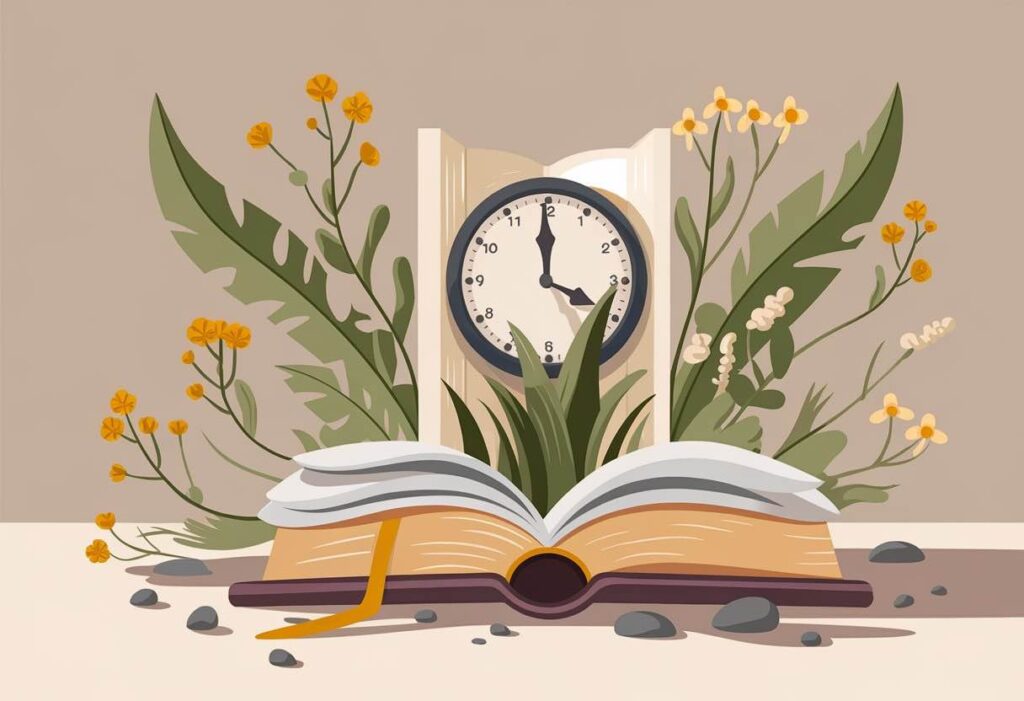
Similarly, flash forwarding creates an element of anticipation that evokes emotions, propelling the story forward. This tool captivates audiences by crafting a bridge to the unknown, compelling them to continue reading to uncover the full picture. Through a well-crafted flash forward, authors can masterfully intertwine the present and future, which enriches the narrative and lets readers engage deeply with the unfolding drama.
How Flash Forwarding Differs from Foreshadowing
Flash forwards are distinct from foreshadowing, which subtly hints at future events without disrupting the chronological flow of the narrative. While both devices are used to provide insights into what might happen later in the story, they operate differently.
A flash forward directly jumps to a future scene, presenting a concrete vision of events yet to occur. In contrast, foreshadowing uses clues and hints to suggest possible future developments, leaving room for interpretation and maintaining the story’s current timeline.
This difference is crucial for narrative structure, as flash forwards provide explicit glimpses of the future, whereas foreshadowing builds anticipation through subtlety. Recognizing their differences enables readers to appreciate how each technique uniquely contributes to storytelling dynamics.
The Reader’s Experience with Flash Forwarding

Flash forwarding drives speculation about how the story will unfold, heightening engagement as they anticipate the moment when all narrative threads come together. By withholding key details, flash forwards maintain mystery and keep readers invested, building tension and intrigue as they follow the characters’ journey.
Emotionally, flash forwards evoke strong reactions by having readers foresee the characters’ potential successes or struggles. This foreknowledge deepens their emotional connection to the story, making pivotal moments more impactful. As readers reflect on the implications of future events, they experience a range of emotions, enriching their emotional investment in the story.
Navigating Plot Twists
Flash forwards often introduce unexpected developments, compelling readers to adapt quickly to new narrative realities. This device can abruptly alter the course of a story, presenting twists that disrupt assumptions made during earlier passages. The narrative leap enables a direct focus on how events transgress previously established plot lines.
By thrusting characters into new situations, flash forwards test reader perceptions with surprising scenarios and invoke an examination of the motivations behind these changes. Readers may reassess character motives with a fresh perspective, considering how these twists connect back to themes of prophecy and future consequences. Strategic use of flash forward scenes encourages active engagement by continuously challenging assumptions.
Memorable Flash Forward Moments in Fiction
Flash forwards can shift the trajectory of a narrative. In classic literature, Charles Dickens’ A Christmas Carol (1843) includes a significant flash forward with the “Ghost of Christmas Yet to Come.” This spirit shows Scrooge a grim future if his ways are unchanged. Scrooge’s vision propels him toward redemption; without the future revelation, his transformation might lack urgency.
Another key example is found in Stephen King’s The Dead Zone (1979), where the protagonist foresees catastrophic events, shaping his actions throughout the novel. Seeing future tragedies makes the protagonist confront moral dilemmas, becoming pivotal to the plot.
Muriel Spark’s The Prime of Miss Jean Brodie (1961) utilizes flash forwards to reveal future fates of characters, adding intrigue and depth. Spark’s technique in the novel heightens suspense by offering glimpses of outcomes, maintaining engagement with layered storytelling.
These moments play with time to reveal what lies ahead, influencing characters and readers simultaneously. Such narrative techniques challenge conventional timelines, giving authors the ability to weave complex and compelling stories, enriching the reading experience through anticipation and suspense.
Further Reading
Flash-forward: Definition & Examples by literaryterms.net
What is the difference between ‘foreshadowing’ and ‘flashforward’? on Quora
Opinions on flashforwards? on Reddit
[in other media] Flash-Forward Preambles: What, How, and When by Barry Eisler, barryeisler.blogspot.com
